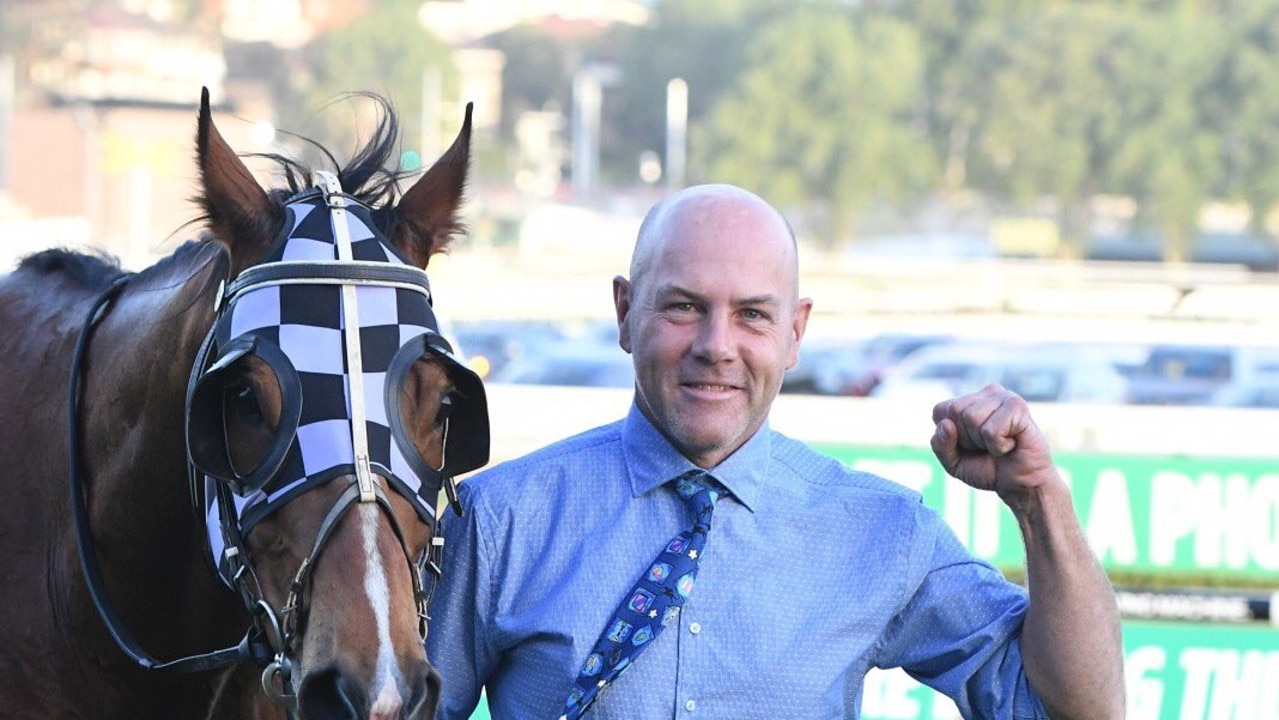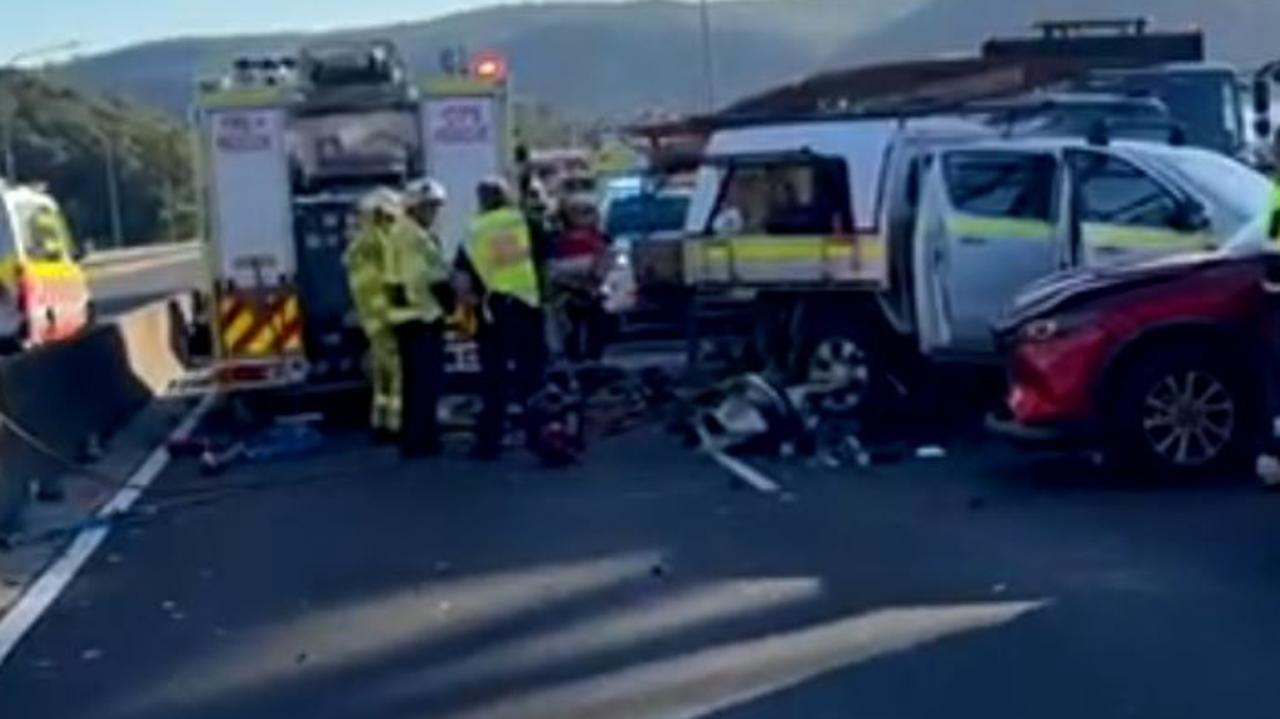Fishers invited to join OceanWatch Whale Entanglement Mitigation Program
With thousands of whales about to hit the “humpback highway”, commercial fishermen are trialling new gear to stop them from becoming entangled. Read what they’re doing here.
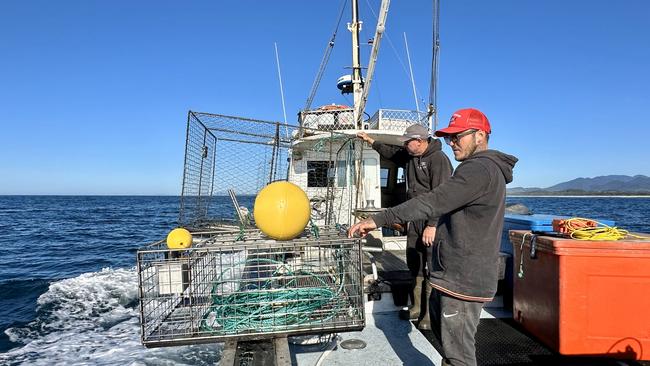
Central Coast
Don't miss out on the headlines from Central Coast. Followed categories will be added to My News.
After more than 25 years at sea, lobster fisherman Mark Cranstone has just about seen it all.
But even the veteran lobsterer was “astounded” by how many whales he saw last year.
Having been hunted to the brink of extinction, humpback and southern right whale populations are increasing an estimated 10 per cent a year with about 40,000 expected to make their annual migration north for the winter in the coming weeks.
Now a growing number of commercial fishers are working with OceanWatch Australia to trial new equipment and technology to prevent whales becoming entangled in their gear.
Mr Cranstone, of Seacoast Fishing on the Central Coast, has been using two different bits of kit with “great success” but acknowledges it’s just the start.
He is one of 81 professional anglers from Queensland to Tasmania working with OceanWatch to trial 15 different types of gear and equipment as part of the East Coast Whale Entanglement Mitigation Program.
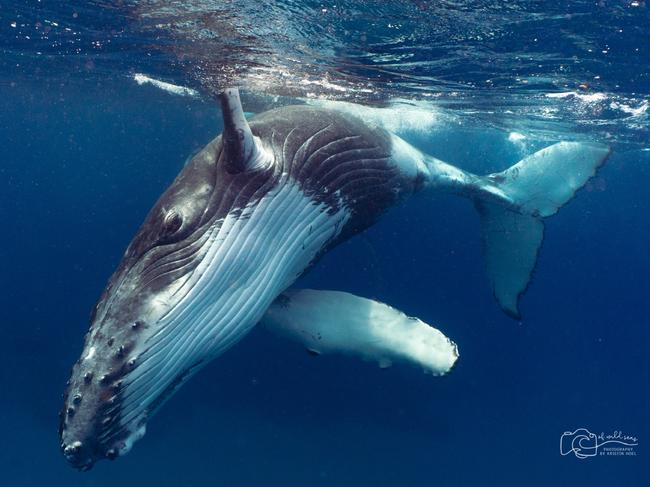
Based in Brisbane Water, Mr Cranstone heads out as far as the continental shelf and drops lobster traps in as much as “100 fathoms” or about 183m deep.
He now uses “buoyancy neutral” rope, rather than floating rope, for the top 20 fathoms so that it doesn’t gather on the surface where it can pose a risk to whales.

He’s also been trialling “acoustic time releases” instead of the traditional galvanic time releases, which dissolve at a set rate in seawater to release floats to the surface.
Essentially lobster traps are dropped to the seabed with a couple of floats and enough coiled rope to reach the surface.
After a set period the galvanic releases dissolve and the floats break free of the trap and carry the rope up to the surface where fishers can collect them.
But when they dissolve too fast, or fishers can’t get back out there because of bad weather, the floats and rope can hang around on the surface for days until they can be hauled in, posing a risk to whales.
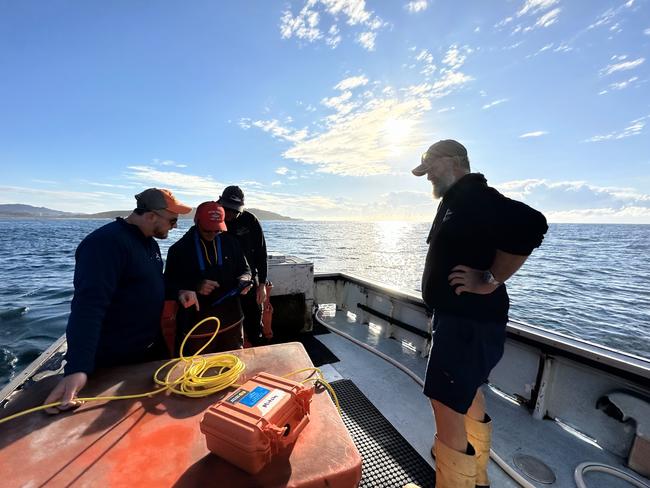
“Fishermen don’t want to see whales getting entangled,” he said.
“One because it’s a whale, but it’s also a cost to us. If they drag one (trap) as little as 100m it can be like looking for a needle in a haystack because you don’t know if it’s 100m or a kilometre.”
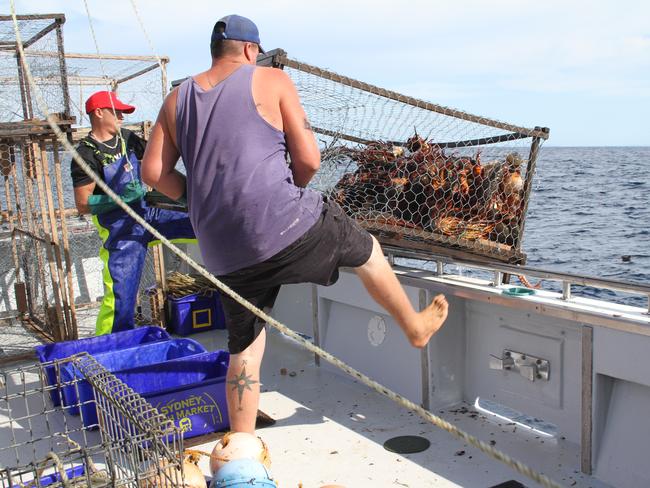
Mr Cranstone said acoustic time releases “ping” when the boat was close enough and they could release them in real time from the onboard controller.
“The way technology is going these days, it’s just the start,” he said.
OceanWatch chief executive Lowri Pryce said given the diversity of vessels, equipment, and catch areas used by fishers, no single gear modification would work for everyone.
She said the key going forward would be to get more fishers involved in further trials to keep evolving.
“Along with our partners, we are continually assessing fishery interactions with whales and migration behaviours for clues on how to better reduce entanglement risk,” she said.
“Our hope is for more fishers to join us on this journey so we can continue to test new techniques in a range of different situations. We know there isn’t a one size fits all approach as each fisher has unique needs and we’re focused on finding safe passages for fishers and whales as we head into migration season.”
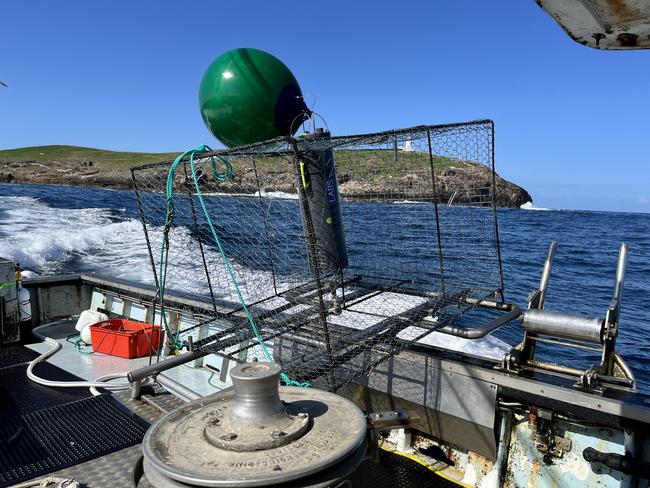
Coffs Harbour commercial fisherman Danny Stewart has been trialling ropeless gear systems since he joined the program at its inception in 2019.
“I know that what works for me may not work for another fisher, so we need as many fishers as possible to be involved in the program and try new equipment and methods,” he said.
“It’s such a complex challenge, and all the trials give us valuable clues and knowledge so we can look to reduce the risk of entanglements.”




